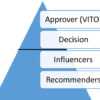Business Development Representatives (BDRs) play a crucial role in driving sales and building a strong pipeline for Account Executives (AEs). To transition from a BDR to a successful AE, it’s essential to understand and track performance metrics. Knowing how to calculate and interpret these metrics not only helps in 1:1 sessions with managers but also empowers BDRs to monitor their performance and identify areas for improvement. Let’s explore the key formulas and metrics every BDR should know.
1. Call and Email Metrics
Call Connection Rate
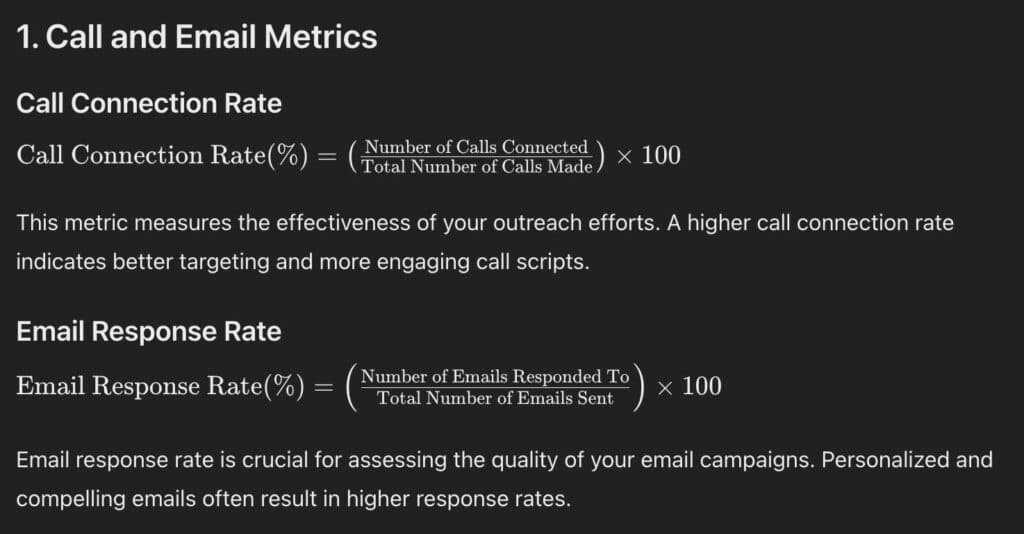
2. Activity Metrics
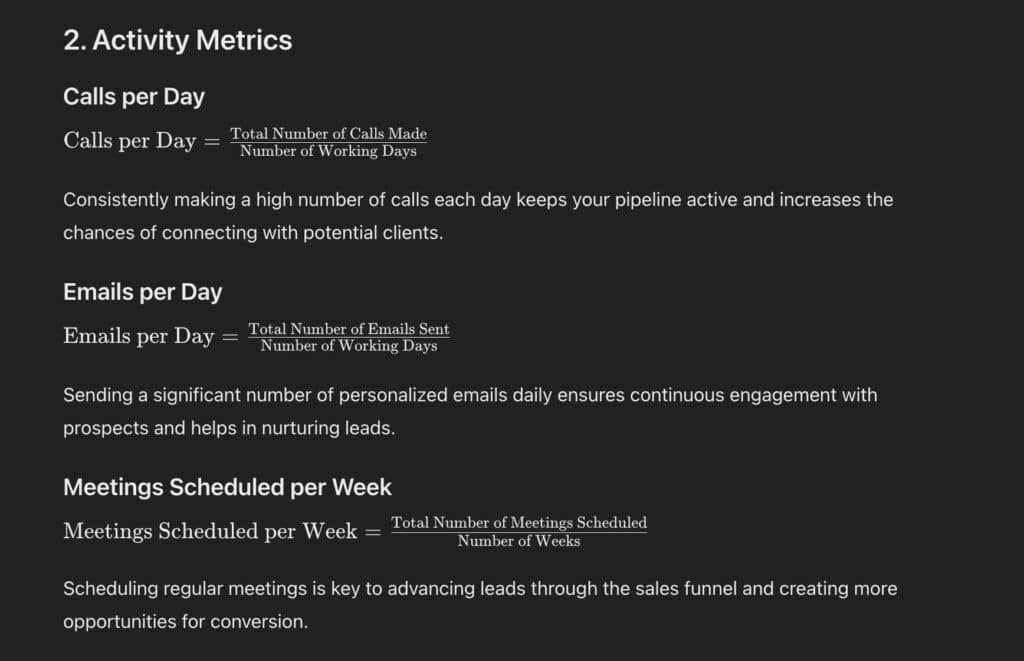
3. Conversion Metrics
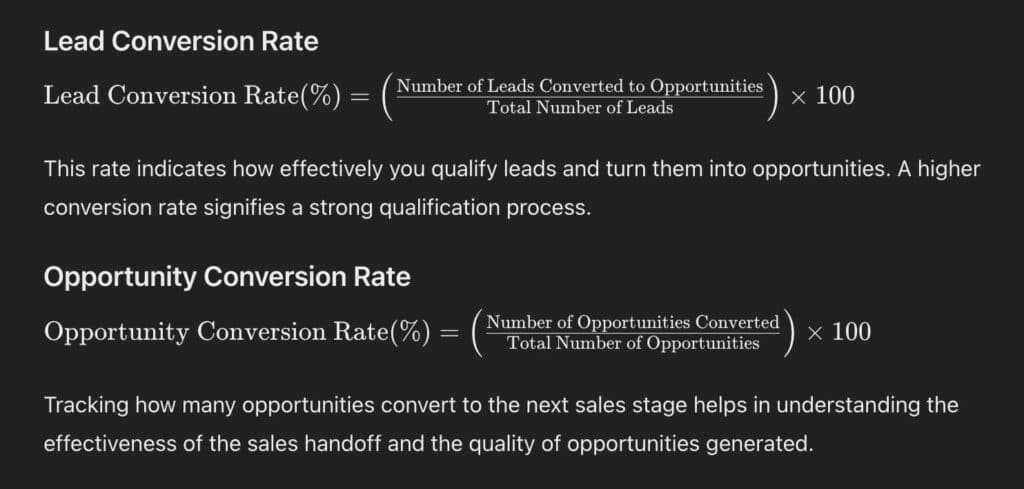
4. Time Management
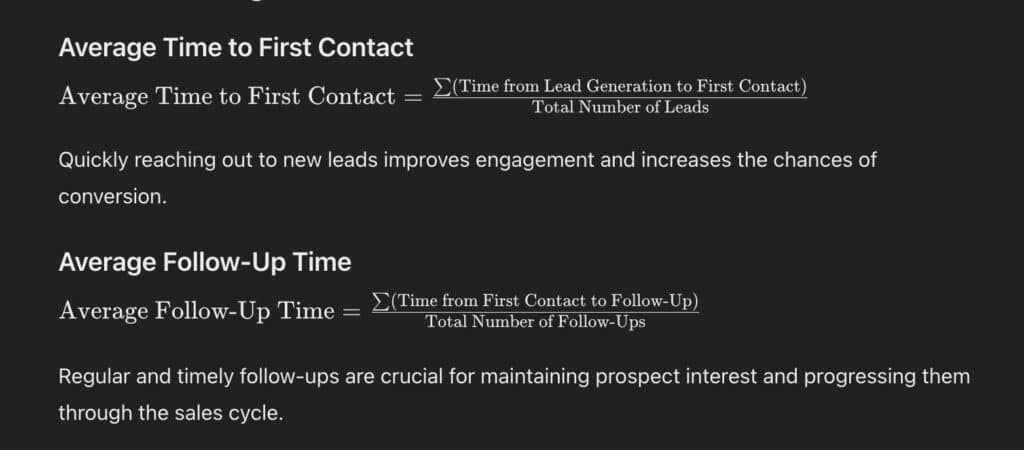
5. Personal Performance Metrics

Why These Metrics Matter
Understanding and tracking these formulas equips BDRs with the knowledge to:
- Optimize Performance: Regularly monitoring these metrics helps identify strengths and areas for improvement.
- Prepare for 1:1s: Being aware of your performance metrics allows for more productive and focused discussions with managers during one-on-one sessions.
- Set Clear Goals: Knowing where you stand helps in setting realistic and achievable goals, driving motivation and performance.
- Transition to AE Role: Good AEs are proficient in tracking their performance. Mastering these metrics as a BDR lays a solid foundation for a successful transition to an AE role.
By incorporating these formulas into your daily routine, you’ll be better equipped to track your performance, understand your impact, and continuously improve your sales techniques. This proactive approach not only enhances your current role but also sets you up for future success in the field.
By regularly calculating and reviewing these metrics, BDRs can gain valuable insights into their performance, identify areas for improvement, and ultimately achieve better results. This disciplined approach to performance tracking ensures that you are always on the path to success, ready to meet and exceed your sales targets.








